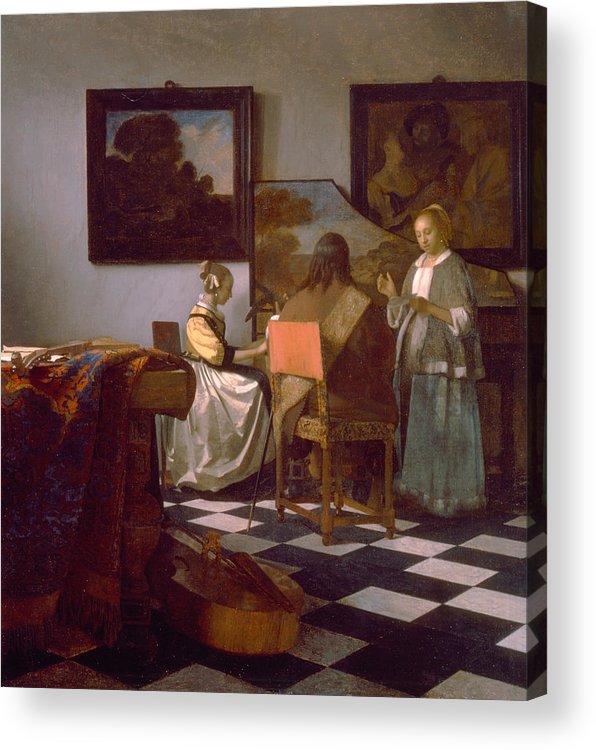Seeking Information
An umbrella project about ideas surrounding “search” and “searching” and focused on the digital images that emerged sometime after the disappearance of artworks and objects from the Isabella Stewart Gardner Museum in 1990.
Storm (after Rembrandt). 2020. Animated gif showing 30 found JPEGs of Rembrandt’s “Christ in the Storm on the Sea of Galilee”.
A viewing-listening suggestion
In addition to providing a soundtrack for windowless office spaces and self-curated bedtime nature noise, you can also use A Soft Murmur as an accompaniment for this never-ending thunder and lighting storm of jpegs. Right clicking the animated gif above and viewing it in a new, full-sized browser window takes you to the next level. Now you can relax (low volume), or get stressed (open and play 30 simultaneous A Soft Murmur tabs, differing volumes).
Again and again in the same way forever
An essay written in the spring/summer of 2020, with some personal speculations and imaginings involving the fate of Rembrandt’s painting, and the status of the jpegs that remain.
“Can we say that Rembrandt’s “Christ in the Storm on the Sea of Galilee”, stolen thirty years ago, is still here with us? That right now it’s physically intact and recognizable somewhere in the world? Maybe it was hastily rolled up and buried deep in the ground decades ago, too hot to handle, somewhere in New England, and the only people who knew have long-since passed. Or maybe, at this very moment, it’s hanging quietly in a private residence, re-stretched, re-framed, and reminding someone so undeserving of the company that, even during pandemic times, the old adage that we’re all in the same storm, but not on the same boat, rings true.”
Introduction
On the night of March 18, 1990, thirteen works of art were stolen from the Isabella Stewart Gardner Museum and never seen again. A year before, in March 1989, Tim Berners-Lee first proposed an information management system he would call the “world wide web” while working as a computer scientist at CERN. For me, these physical works of art arguably disappeared from the world at the beginnings of the public Internet—finding an afterlife as image files uploaded and reproduced ad infinitum these past 30 years.
I had this silly idea a few years ago that I would find the Gardner Museum’s stolen paintings if I could come across abnormally high resolution/high fidelity files of them online. My thinking was that only someone with access to the originals could reproduce them with any clarity. So I began searching and downloading images of the stolen paintings, keeping track of URLs, file names, and resolution numbers.
Screen capture of downloads from April 2019.
The Concert(s)
Vermeer’s “The Concert,” for example, has hundreds and hundreds of images reproduced and distributed online, and each with different degrees of cropping, color shift, resolution, sharpness, and artifacts. Click to enlarge thumbnails.
On to Plan B
Of course, I was never going to find “The Concert,” but I am still fascinated by the idea of collecting and animating these paintings from the Internet—where the works have occupied a kind of low-resolution limbo all these years. I’d like to learn how to seamlessly transition all these color and quality changes into a slowly shifting “still” image of this painting, possibly resulting in a continuous video projection scaled to its original size.
Animated gif showing 8 versions of Vermeer’s “The Concert”
Color Sorting
One possible way of arranging a continuous image of each collection is with color. However…
Grid of twelve jpegs, sorted by filename.
Zucconi, Alan. The incredibly challenging task of sorting colours.
“Sorting colours is a pain. There isn’t a magic function which will order them nicely, simply because the way we perceived them is based on three different components. Any attempt to flatten them onto one single dimension will inevitably collapse some of the complexity. When it comes to sort colours, you should understand which features you want to highlight. Is it the hue? Is it the luminosity? Start from there, and create your own function.“
Average color for each jpeg in grid, sorted by filename.
Notes
Campany, David. Thomas Ruff: Aesthetic of the Pixel.
“All photographic images come from archives. The very idea of the archive shaped how photography developed from its invention in the 1830s. The standardisation of cameras and film formats, the standardisation of printed matter, the standardisation of the family album, the picture library, the computer image file, the press agency and even the modern art gallery – these are all archival forms of, and for, the photographic image. The hungry gathering and ordering of information proceeds according to rules but it is always holding off a potential collapse into chaos, because there is always something wild and unpredictable about the behaviour of images. We feel the strain of that disaster more than ever as the world’s archives are themselves subject to digital re-archiving and redistribution via the internet.”
Leonard, Zoe. You see I am here after all.
Marclay, Christian. The Clock.
Moten, Fred. All That Beauty.
“Why destroy a Schutz when you can destroy a Rembrandt?”
Steyerl, Hito. In Defense of the Poor Image.
“The poor image is a copy in motion. Its quality is bad, its resolution substandard. As it accelerates, it deteriorates. It is a ghost of an image, a preview, a thumbnail, an errant idea, an itinerant image distributed for free, squeezed through slow digital connections, compressed, reproduced, ripped, remixed, as well as copied and pasted into other channels of distribution.”
Other Gardner theft related projects
Calle, Sophie. Last Seen… and What Do You See?
Cuseum. Hacking the Heist
Ezawa, Kota. “Artist Recreates 13 Stolen Isabella Stewart Gardner Museum Masterpieces in New Show“











































